Home>Gardening & Outdoor>Landscaping Ideas>What Grass Seed Grows The Fastest
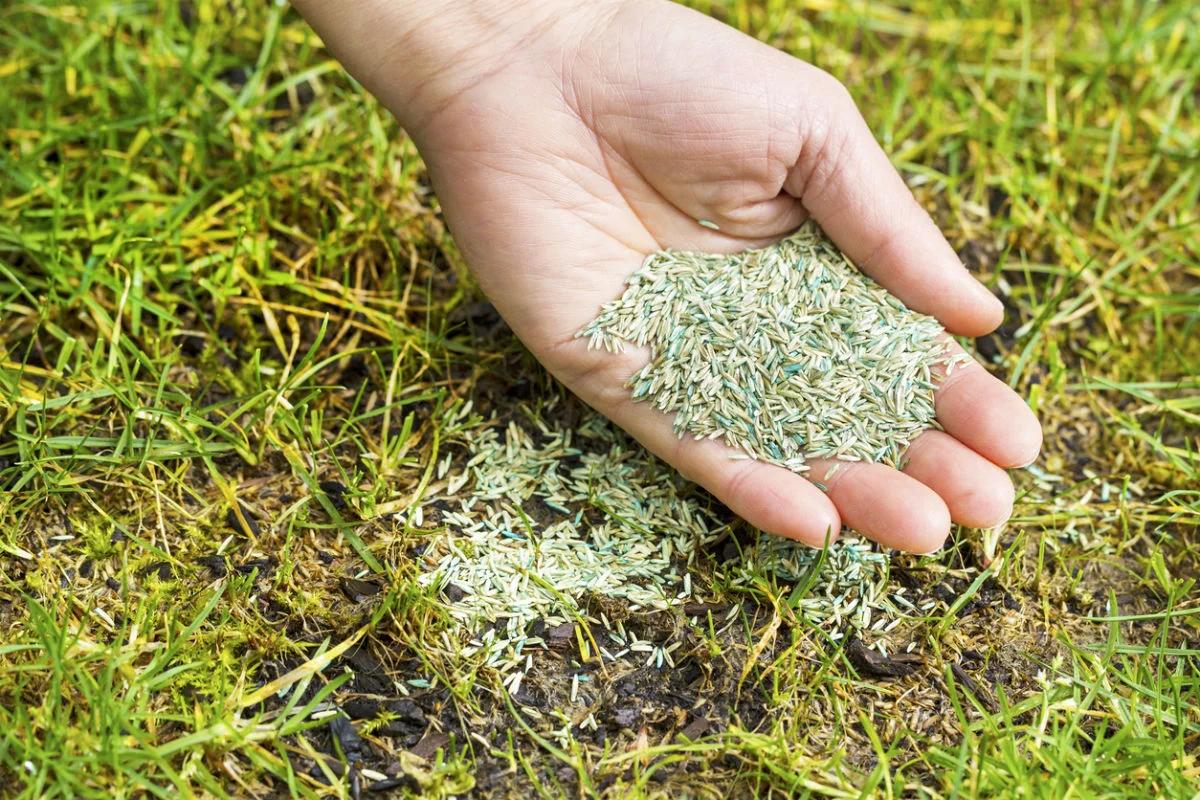

Landscaping Ideas
What Grass Seed Grows The Fastest
Modified: March 21, 2024
Discover the fastest-growing grass seed for your landscaping ideas. Find the best options to achieve a lush lawn quickly. Ideal for any outdoor space.
(Many of the links in this article redirect to a specific reviewed product. Your purchase of these products through affiliate links helps to generate commission for Storables.com, at no extra cost. Learn more)
Introduction
When it comes to transforming your landscape, few things are as satisfying as watching fresh, vibrant grass emerge from the soil. Whether you’re striving to create a lush lawn for outdoor activities or enhance the curb appeal of your property, selecting the right grass seed is crucial. One of the common considerations is the speed of growth, as many homeowners are eager to see quick results. In this article, we will explore the factors influencing the growth of grass seed and delve into the types of fast-growing grass seeds available. Additionally, we will provide best practices for nurturing and maintaining the growth of your chosen grass seed. By the end, you’ll be equipped with the knowledge to foster a flourishing lawn that suits your specific needs.
Key Takeaways:
- Choose fast-growing grass seeds like perennial ryegrass and Kentucky bluegrass for quick results in transforming your landscape.
- Prepare the soil, select high-quality seeds, and provide consistent watering to foster the rapid and healthy growth of your chosen grass seed.
Read more: What Seeds Grow The Fastest
Factors Affecting Grass Seed Growth
Several factors play a pivotal role in determining the growth rate of grass seed. Understanding these elements can help you make informed decisions when selecting and caring for your grass seed.
- Grass Species: Different species of grass have varying growth rates. For instance, perennial ryegrass and Kentucky bluegrass are known for their relatively fast germination and establishment, while fine fescues and certain types of bentgrass may take longer to develop.
- Soil Conditions: The quality of the soil, its pH level, and its ability to retain moisture all impact the growth of grass seed. Well-draining soil with a neutral pH level provides an optimal environment for seed germination and root development.
- Watering: Adequate and consistent watering is essential for the successful growth of grass seed. Insufficient moisture can hinder germination, while excessive water can lead to rot and disease. Finding the right balance is crucial.
- Temperature: Grass seed germination and growth are influenced by temperature. Different grass species have specific temperature requirements for optimal growth, so it’s important to consider the climate of your region when choosing grass seed.
- Sunlight: Most grass species require ample sunlight to thrive. Understanding the sunlight patterns in your lawn area can help you select a grass seed that is well-suited to the available light conditions.
- Seed Quality: The quality and viability of the grass seed itself significantly impact its growth rate. Choosing high-quality seed from reputable sources increases the likelihood of successful germination and robust growth.
By taking these factors into account, you can make informed choices and create an environment that promotes the rapid and healthy growth of your selected grass seed.
Types of Fast-Growing Grass Seeds
When it comes to selecting fast-growing grass seeds, several options stand out for their ability to quickly establish and flourish in various environments. Understanding the characteristics of these grass seed types can help you make an informed decision based on your specific needs and preferences.
- Perennial Ryegrass: Known for its rapid germination and establishment, perennial ryegrass is a popular choice for homeowners seeking quick results. It thrives in cool-season regions and is often used for overseeding existing lawns to enhance their appearance.
- Kentucky Bluegrass: This resilient grass species is recognized for its relatively fast germination and the lush, dense turf it produces. It is well-suited to regions with cold winters and hot summers, making it a versatile choice for various climates.
- Fescue Varieties: Certain types of fine fescue, such as creeping red fescue and chewings fescue, exhibit rapid establishment and good drought tolerance. These grasses are suitable for shady areas and can add visual interest to your landscape.
- Bahia Grass: For warm-season regions, Bahia grass stands out as a fast-growing and resilient option. It is known for its ability to thrive in sandy soils and its tolerance of heat and drought, making it a popular choice for southern landscapes.
- Zoysia Grass: This warm-season grass is celebrated for its rapid growth and dense, lush appearance. It is well-suited to a range of soil types and exhibits good tolerance to foot traffic, making it an excellent choice for lawns with high activity levels.
These fast-growing grass seed options offer a blend of rapid establishment, resilience, and visual appeal, catering to a diverse range of landscaping needs. By considering the unique characteristics of each type, you can select the grass seed that aligns with your climate, soil conditions, and aesthetic preferences, setting the stage for a thriving lawn.
When looking for grass seed that grows quickly, consider varieties like perennial ryegrass or Kentucky bluegrass. These types of grass seed are known for their fast germination and establishment, making them a good choice for quickly establishing a lush lawn.
Best Practices for Growing Grass Seed
Implementing best practices for growing grass seed is essential for fostering robust and healthy growth, ensuring that your lawn flourishes with lush, vibrant greenery. By following these guidelines, you can maximize the success of your grass seed planting and establishment process.
- Soil Preparation: Prepare the soil by removing debris, tilling the top layer, and incorporating organic matter to improve its structure and fertility. This sets the stage for optimal seed germination and root development.
- Seed Selection: Choose high-quality grass seed that is well-suited to your climate and soil conditions. Consider the specific characteristics of each grass species and select a blend that aligns with your preferences and maintenance capabilities.
- Proper Seeding Technique: Distribute the grass seed evenly using a spreader, following the recommended seeding rates for the chosen grass species. Raking the seeds lightly into the soil helps ensure good seed-to-soil contact, promoting successful germination.
- Appropriate Watering: Keep the seeded area consistently moist by watering lightly multiple times a day, especially during the germination period. Avoid overwatering, as this can lead to puddling and runoff, which may hinder seed establishment.
- Monitoring and Maintenance: Regularly monitor the seeded area for signs of germination and growth. Once the grass seedlings have established, gradually transition to a deeper and less frequent watering schedule. Implement proper mowing and fertilization practices to support ongoing growth and development.
- Protection from Foot Traffic: Minimize foot traffic on newly seeded areas to prevent damage to emerging seedlings. Erect temporary barriers or signage to ensure that the seeded area remains undisturbed during the critical establishment phase.
By adhering to these best practices, you can create an environment that is conducive to the rapid and healthy growth of your chosen grass seed. With proper preparation, care, and attention, you can look forward to enjoying a vibrant and resilient lawn that enhances the beauty of your outdoor space.
Conclusion
Choosing the right grass seed and nurturing its growth is a rewarding journey that culminates in a lush and vibrant lawn. By considering the factors that influence grass seed growth, exploring the characteristics of fast-growing grass seed types, and implementing best practices for planting and maintenance, you can set the stage for a successful and visually appealing landscape.
Understanding the unique attributes of different grass species, such as the rapid establishment of perennial ryegrass, the resilience of Kentucky bluegrass, and the adaptability of fescue varieties, empowers you to make informed decisions based on your regional climate and specific landscaping needs. Whether you reside in a cool-season or warm-season region, there are fast-growing grass seed options that can elevate the beauty of your outdoor environment.
By embracing best practices such as thorough soil preparation, proper seeding techniques, attentive watering, and vigilant monitoring, you can create an environment that fosters the rapid and healthy growth of your chosen grass seed. This meticulous approach ensures that your lawn flourishes with vibrant greenery, providing a welcoming and visually appealing space for relaxation, recreation, and social gatherings.
As you embark on your grass seed planting and establishment journey, remember that patience and consistent care are key components of success. By nurturing your lawn with dedication and following the recommended guidelines, you can look forward to the gratifying sight of a flourishing and resilient grassy expanse that enhances the overall charm of your property.
With the knowledge gained from this exploration of fast-growing grass seeds and best practices for their growth, you are well-equipped to create a stunning and enduring landscape that brings joy and beauty to your outdoor living experience.
Frequently Asked Questions about What Grass Seed Grows The Fastest
Was this page helpful?
At Storables.com, we guarantee accurate and reliable information. Our content, validated by Expert Board Contributors, is crafted following stringent Editorial Policies. We're committed to providing you with well-researched, expert-backed insights for all your informational needs.
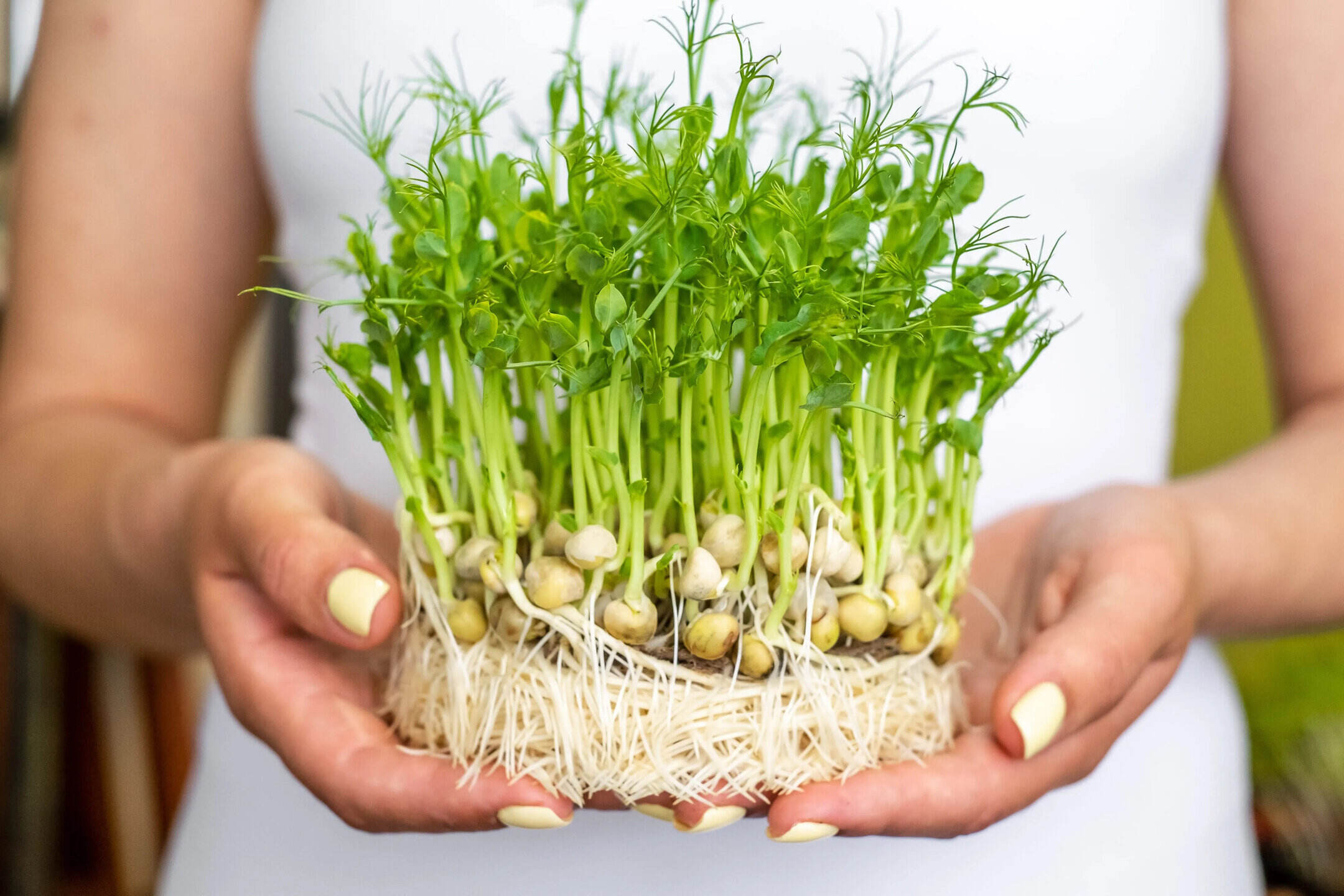
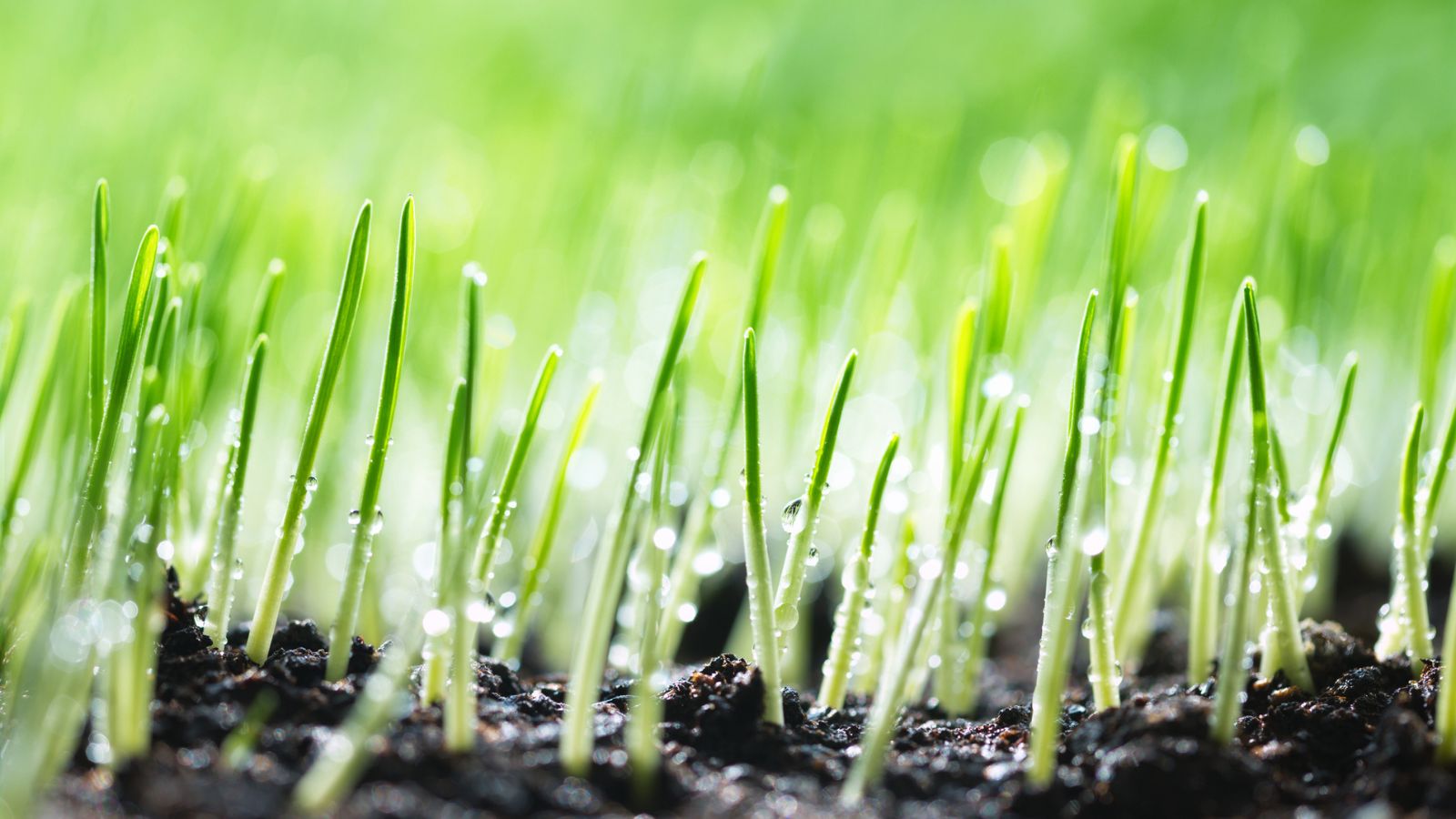
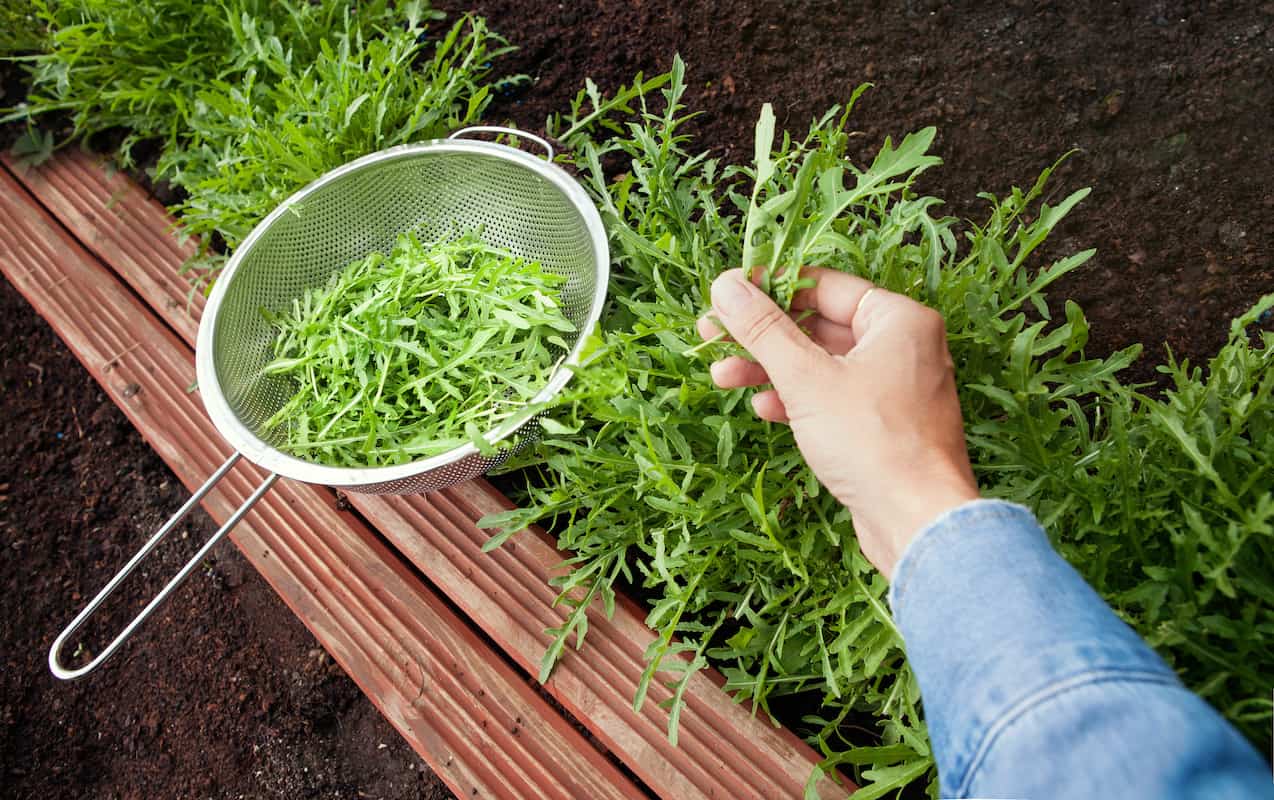
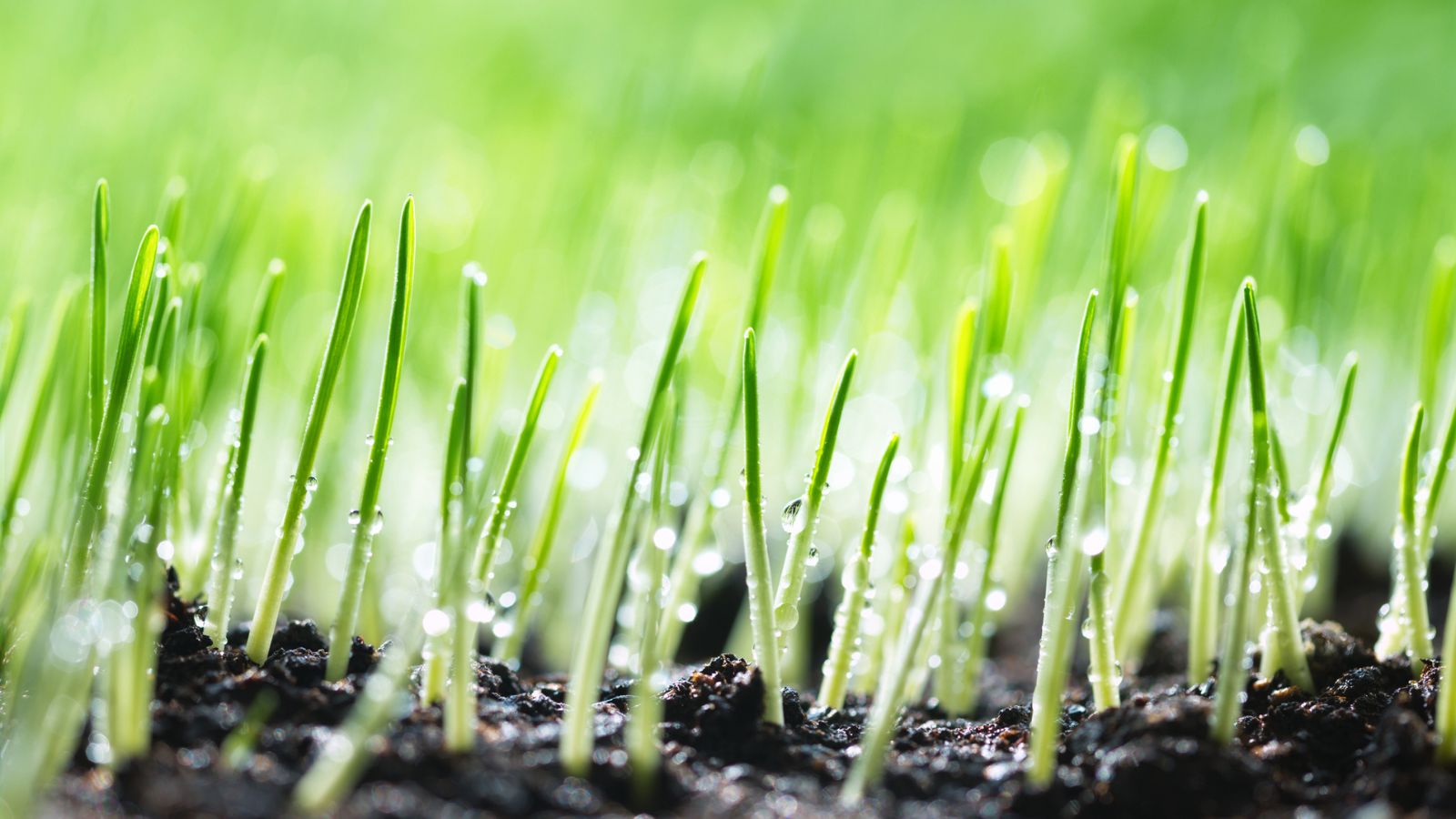
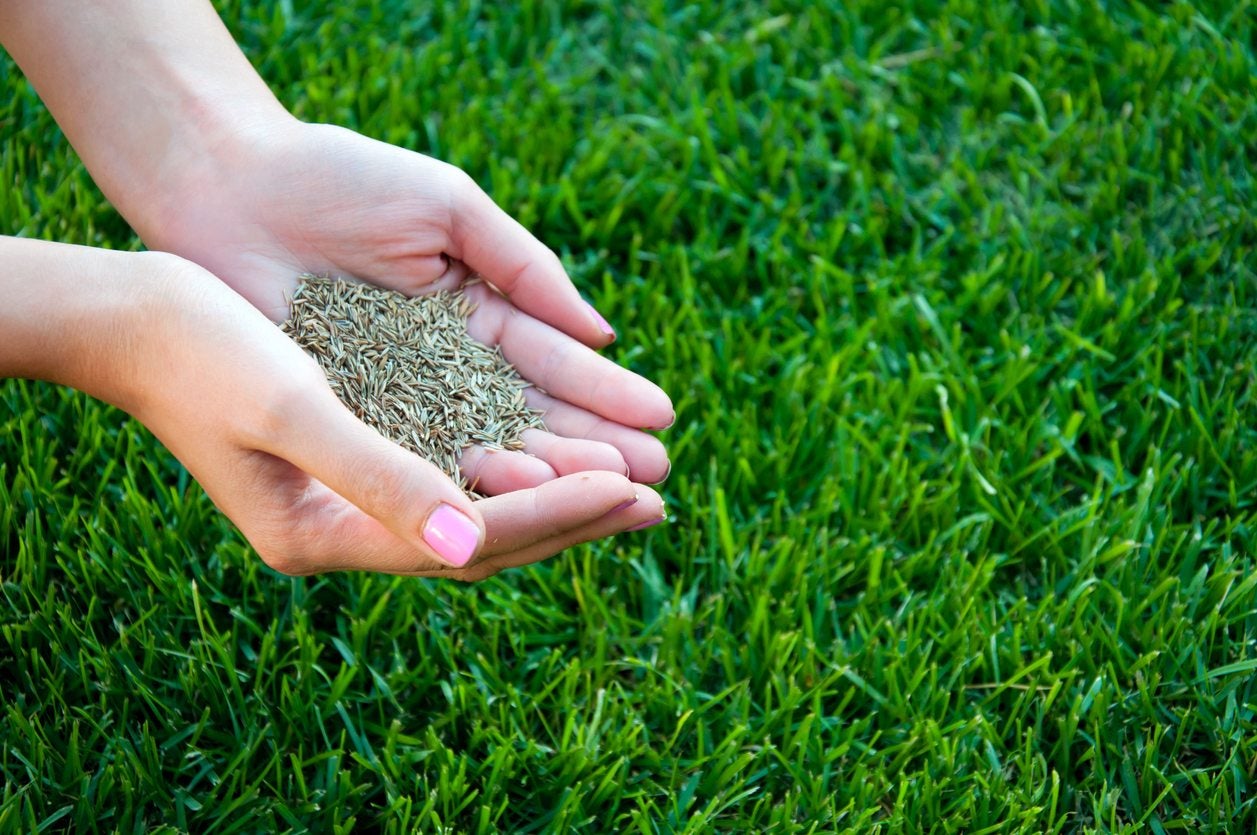
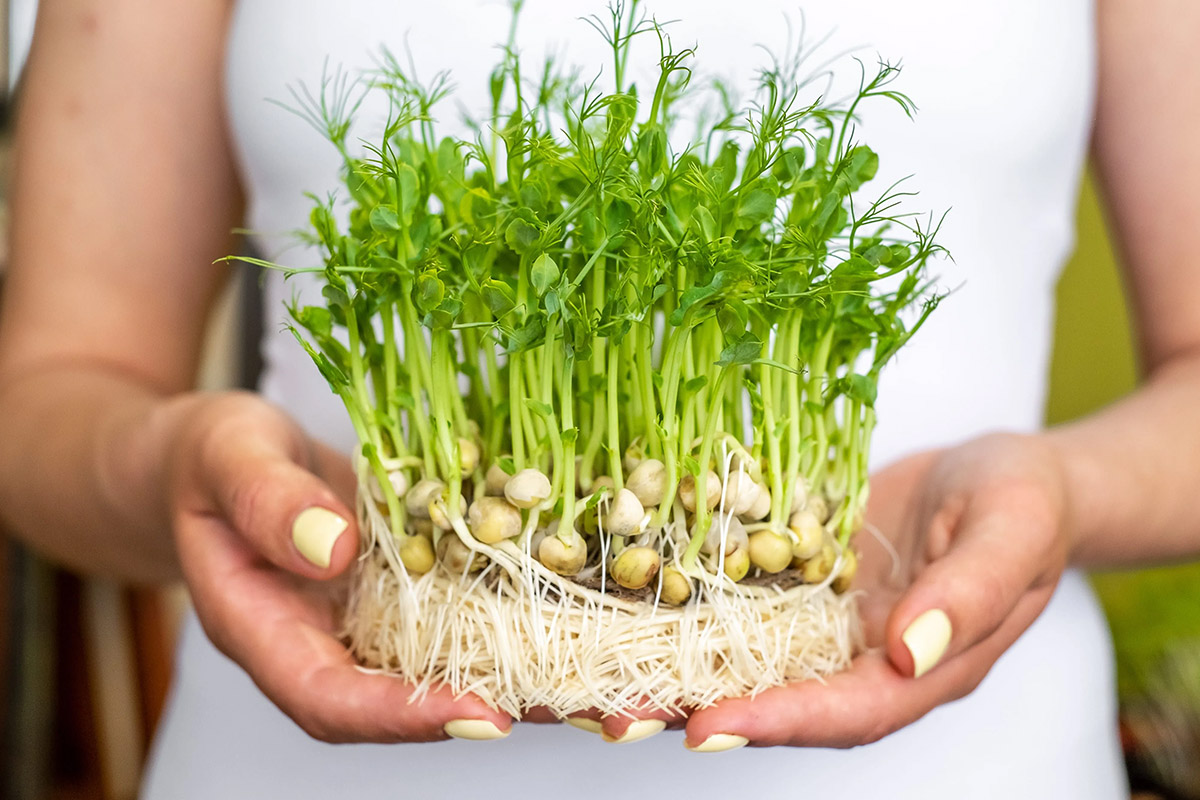
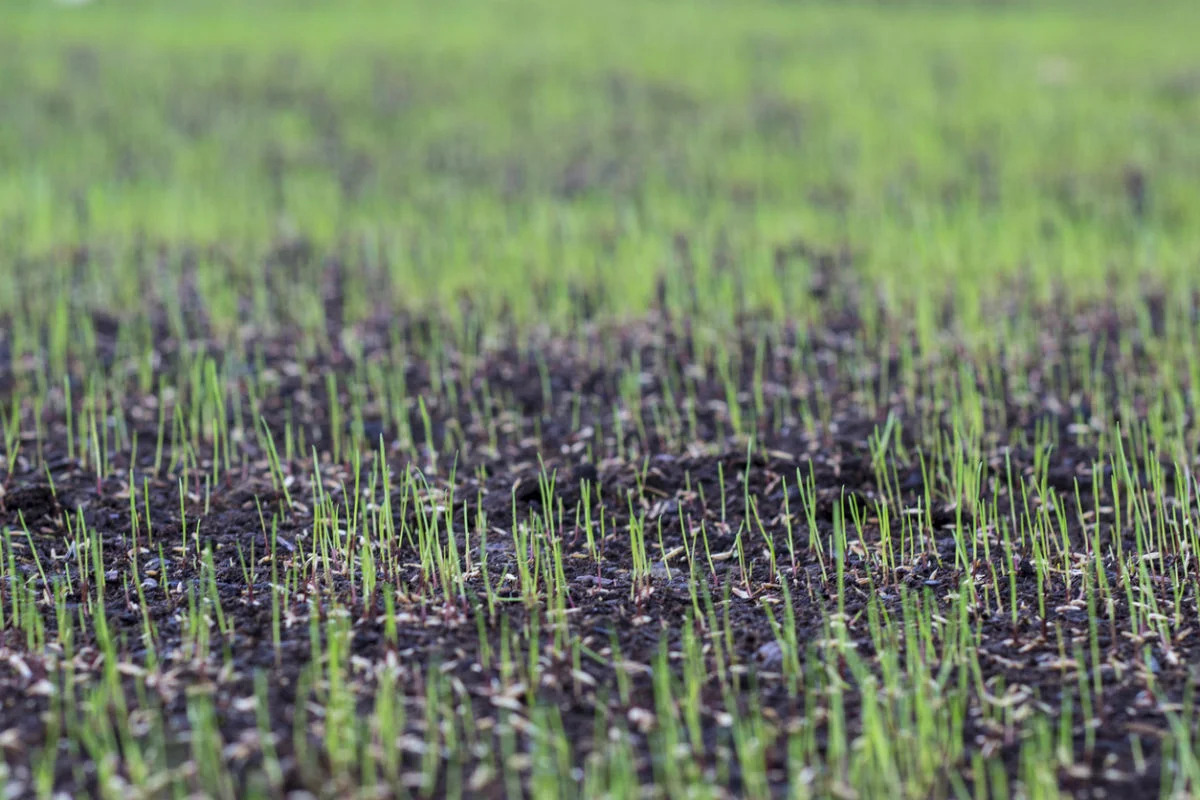


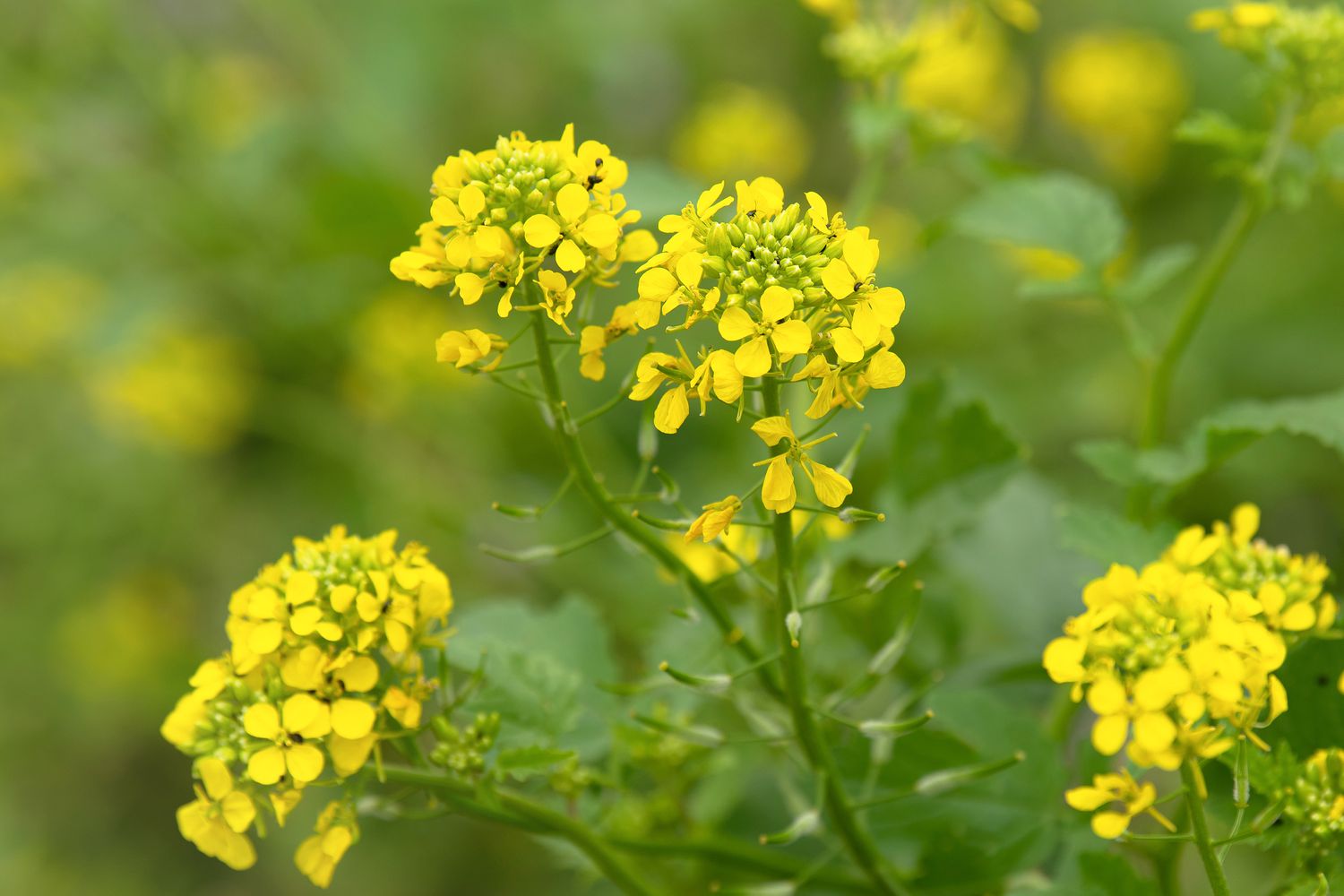
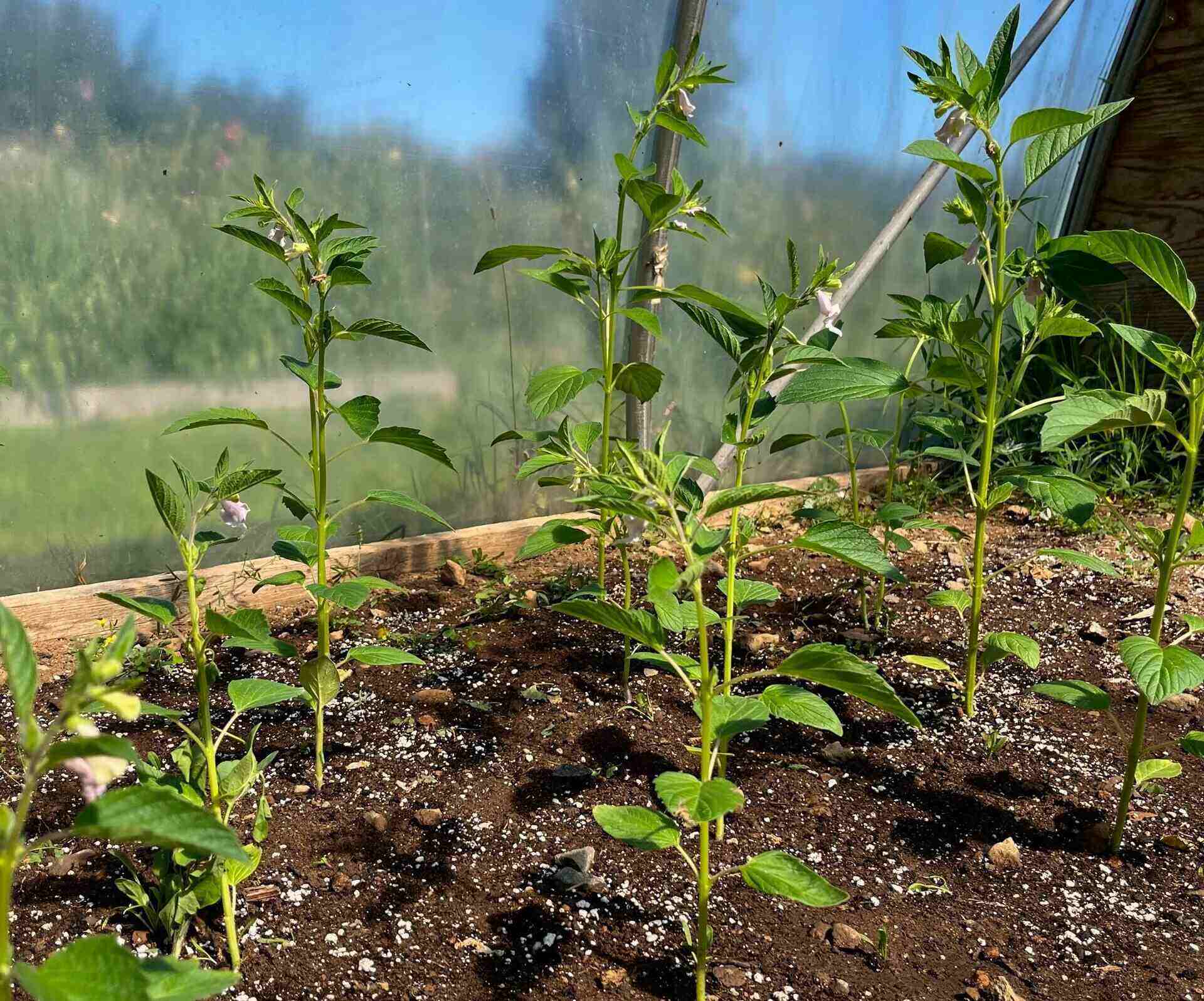

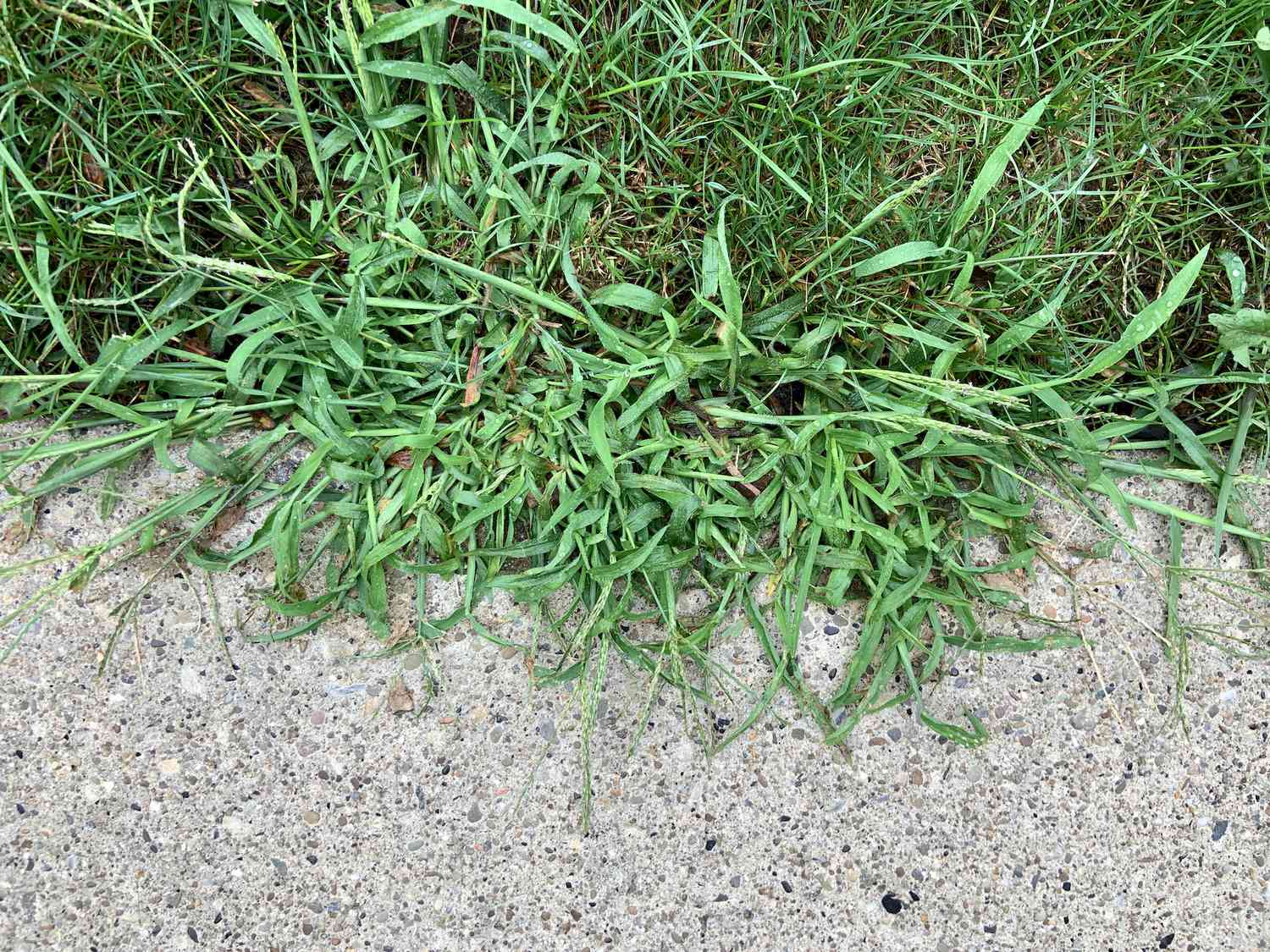
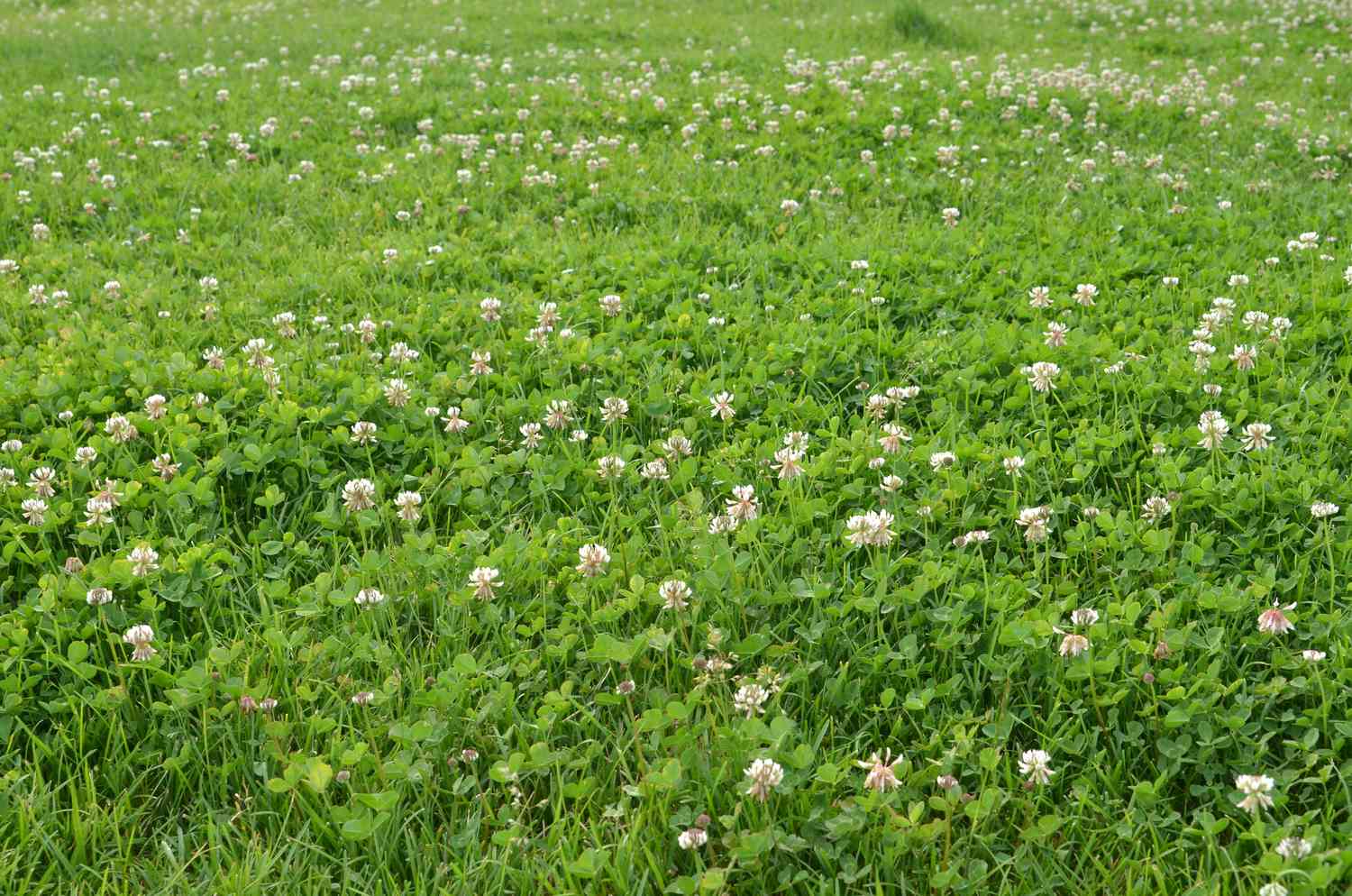


0 thoughts on “What Grass Seed Grows The Fastest”